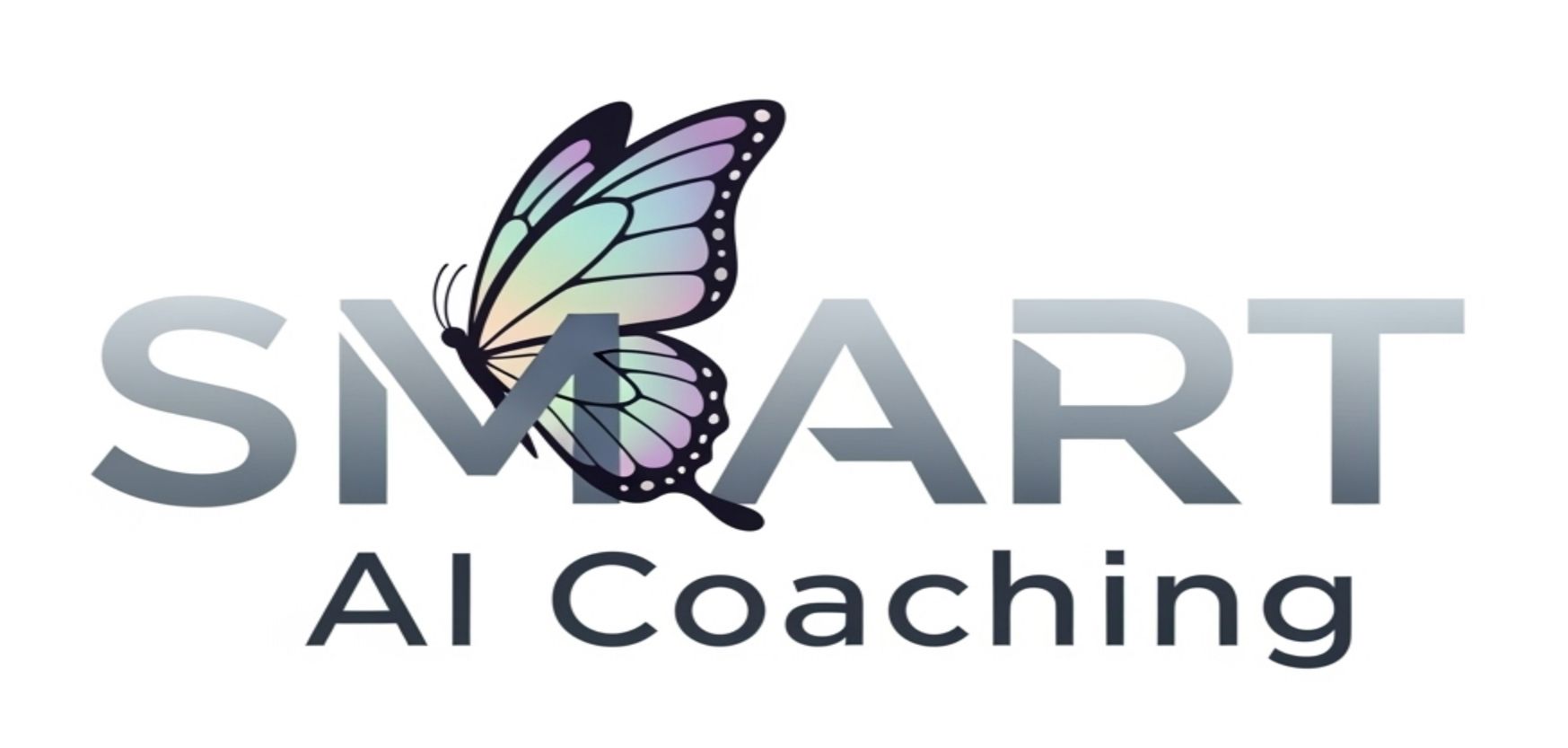Getting Started with AI: A Beginner's Guide to Python
Understanding AI and Python
Artificial Intelligence (AI) is transforming industries across the globe, and Python has emerged as one of the most popular programming languages to work with AI. Its simplicity and powerful libraries make it an excellent choice for both beginners and experienced developers. This guide will walk you through the basics of getting started with AI using Python.

Why Choose Python for AI?
Python’s readability and simplicity make it ideal for beginners. It also has a vast ecosystem of libraries and frameworks, such as TensorFlow, PyTorch, and Scikit-learn, which are specifically designed for AI and machine learning. These resources significantly reduce development time and effort.
Key Libraries and Tools
To start your AI journey with Python, familiarize yourself with some essential libraries:
- NumPy: Used for numerical computations and handling arrays.
- Pandas: Ideal for data manipulation and analysis.
- Matplotlib: A plotting library for visualization.

Setting Up Your Environment
Before diving into coding, set up your development environment. Install Python from the official website and consider using an Integrated Development Environment (IDE) like Jupyter Notebook or PyCharm for an enhanced coding experience.
Installing Essential Libraries
Use Python’s package manager, pip, to install the necessary libraries. Open a terminal and run the following commands:
pip install numpypip install pandaspip install matplotlib

Basic AI Concepts
Understanding basic AI concepts is crucial. Machine Learning, a subset of AI, involves training algorithms to make predictions or decisions without being explicitly programmed. Familiarize yourself with terms like supervised learning, unsupervised learning, and neural networks.
Creating Your First AI Model
Start by creating a simple machine learning model. Import the necessary libraries and use a dataset to train the model. For example, use Scikit-learn’s built-in datasets to practice implementing algorithms like linear regression or decision trees.

Practicing and Expanding Your Skills
As you become comfortable, tackle more complex projects. Participate in online communities and forums to learn from others and share your progress. Websites like Kaggle offer datasets and competitions to help you hone your skills.
Remember, the key to mastering AI with Python is consistent practice and exploration. Stay updated with the latest trends and tools in the AI community. Happy coding!
